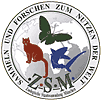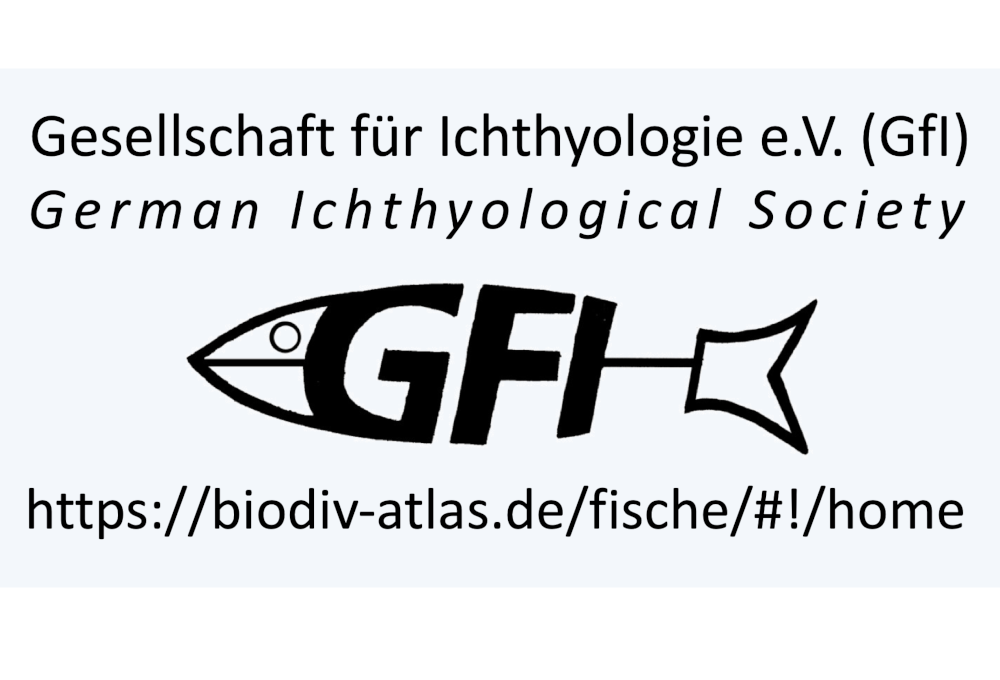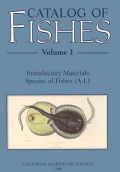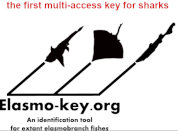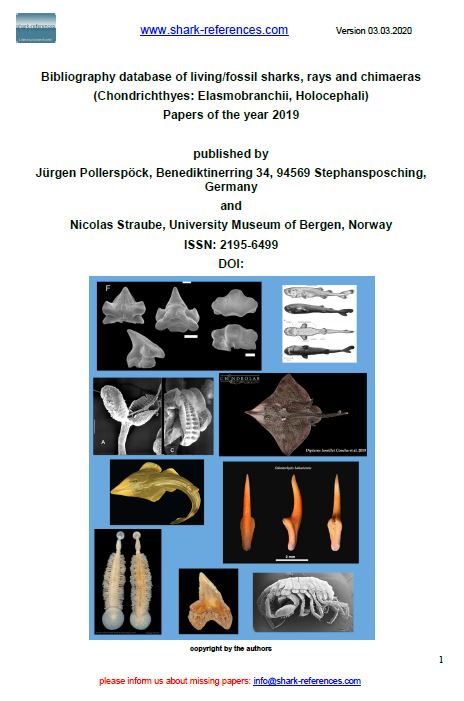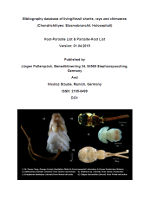
Contribution à l'étude des poissons fossiles des pays riverains de la Méditerranée américaine (Venezuela, Trinité, Antilles, Mexique). Mémoires de la Société Paléontologique Suisse, 61(1), 1–42

Die Neoselachier der Paleokaribik (Pisces: Elasmobranchii). Courier Forschungsinstitut Senckenberg, 119, 1–102

The Neogene tropical America fish assemblage and the paleobiogeography of the Caribbean region. Swiss Journal of Palaeontology, 130(2), 217–240
DOI: 10.1007/s13358-011-0020-9
Combining palaeontological and neontological data shows a delayed diversification burst of carcharhiniform sharks likely mediated by environmental change. Scientific Reports, 12, Article 21906
DOI: 10.1038/s41598-022-26010-7
